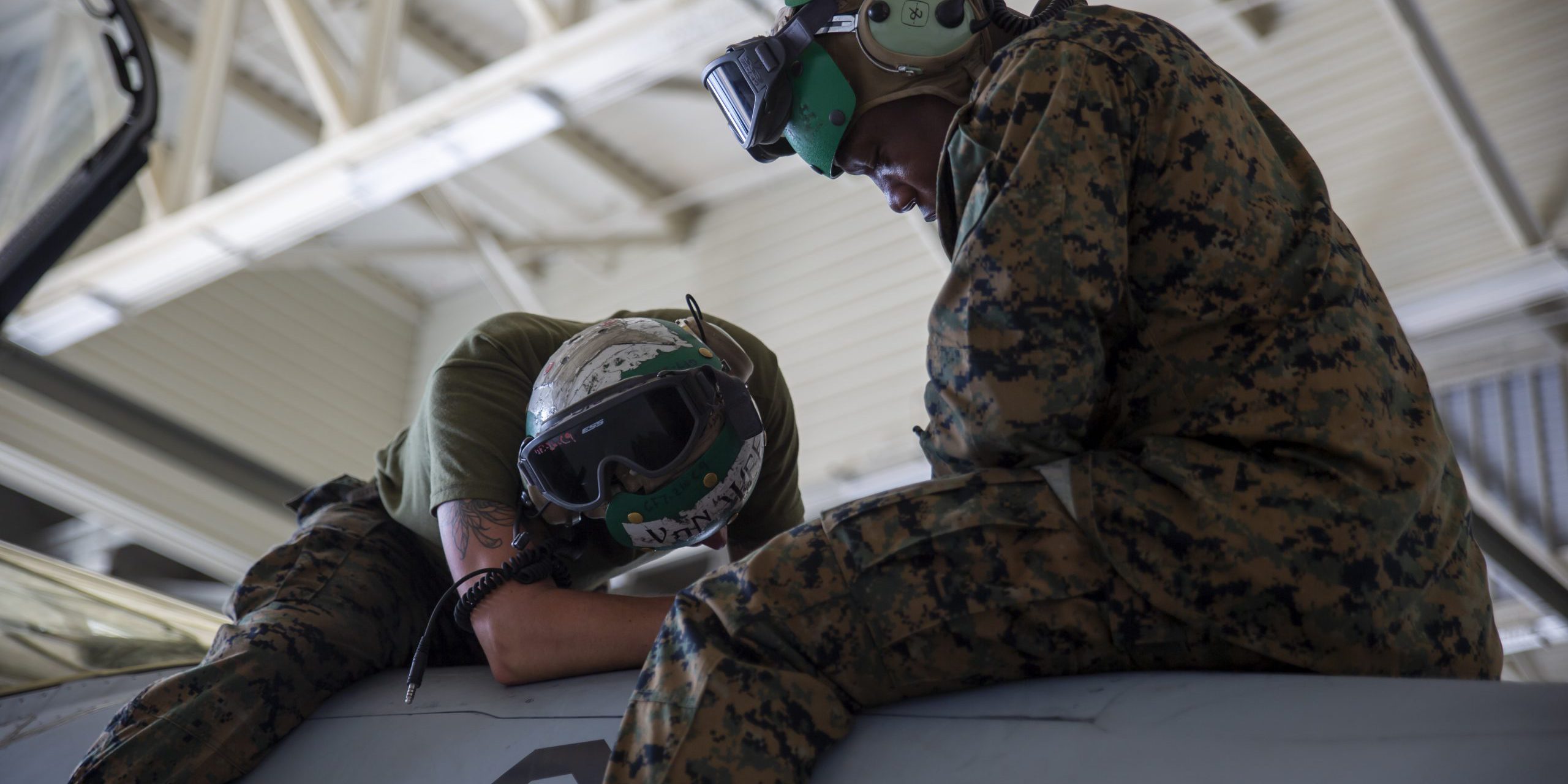Years of budgetary indifference have severely impacted military aviation, causing degradation of readiness and — tragically — a loss of lives.
The National Commission on Military Aviation Safety released its recommendations yesterday saying aviators need more flight hours, maintenance personnel need better training and manning, and supply chains need more and faster throughput.
The commission studied aviation safety from 2013 to 2018. During that time, there were 6,079 “incidents” resulting in 198 personnel killed, 157 aircraft destroyed, and $9.41 billion in losses. This does not include personnel and aircraft lost in combat.
Congress chartered the commission and retired Army Gen. Dick Cody chaired it along with Richard Healing, a renowned safety expert, as vice chairman. Over 18 months, the commission visited 80 different sites with more than 200 different units.
Cody and Healing didn’t sugarcoat their findings as they discussed the commission’s recommendations with reporters.
The men said the conditions that caused the problems are complicated, and solutions will be equally complex. Both agreed that flying hours are not sufficient to foster proficiency in airmen.
“Part of that was cuts during times of budget uncertainty and/or sequestration,” Cody said.
But it is more than just putting people in aircraft and telling them to fly. The cuts also affected maintenance and the supply of spare parts. Airmen couldn’t fly — at times — because the aircraft could not fly.
Money has flowed into the system, but it takes time to correct.
“I would say what we’ve seen in terms of [continuing resolutions], and in terms of the sequestration, … it’s not just the military catching up in parts,” Cody said. “It’s about training and flying hours and getting guys and gals past currency into proficiency for the new mission set that the national military strategy talks about – large-scale contingency operations.”
“And this will take time, also, because a myriad of problems need to be addressed,” the general said.


